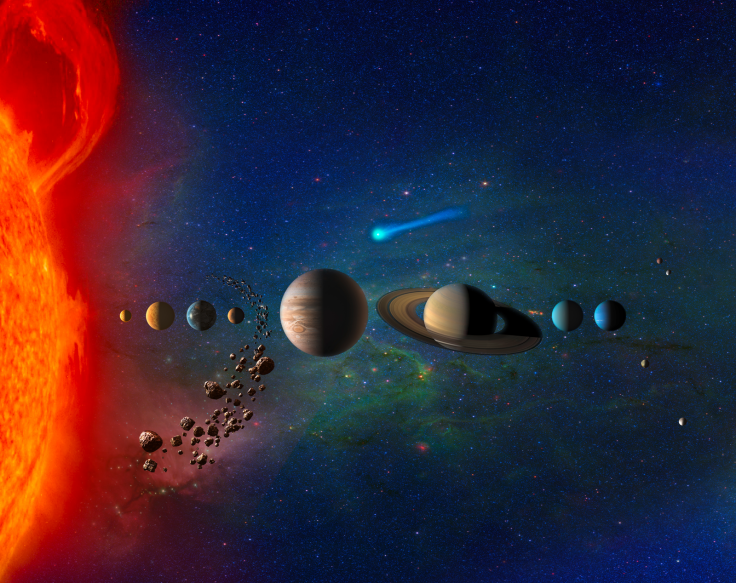How Are Solar Systems Formed? Gas-Ringed System Offers Insights Into Older Formation Theory
KEY POINTS
- A star some 450 light years away was found to have dust and gas rings
- It led scientists to revisit a solar system formation theory from the 1700s
- The study opened new possibilities for astronomers to explore more about solar system formation
A strange gas-ringed system has led scientists to revisit an older theory about solar system formation. A new study adds new insights into the centuries-old theory.
Some 450 light years from the Earth in the constellation Taurus, there is a young star with a peculiar feature that led scientists to revisit an old theory about the formation of solar systems. It is because this star, dubbed HL Tauri, was found to have a system of concentric rings of gas and dust, between the gaps of which planets are being produced.
So far, there are several theories as to how solar systems form, including the Nebular Theory, which suggests that the solar system started as a massive cloud of gas that contracts under self gravity, and the Capture Theory, which says the solar system was formed from interactions of the sun with a protostar.
What's interesting about HL Tauri is that it lends credence to an earlier theory by Pierre-Simon Laplace from 1796, which had suggested that the clouds of gas and dust around new stars combine to form rings and, eventually, planets. In 2014, an image of the planetary rings was even captured by the Atacama Large Millimeter Array.
In a new study published in the Journal of Mathematical Physics, a researcher used time-dependent Euler-Poisson equations to determine the conditions that could possibly form the ringed pattern and found that the process merely required the right circumstances.
"I was able to present three analytical solutions that demonstrate rings can form, insight that cannot be obtained from the original system of equations," study author Mayer Humi, of Worcester Polytechnic Institute, said in a news release. "The real challenge is to show that the rings can evolve further to create the planets."
So far, the theories regarding the formation of solar systems help provide an overall understanding of how they form. However, there is no one specific theory that can provide a complete and flawless explanation for these events. With HL Tauri and the new study, there would be new possibilities for astronomers to explore.
"(I)t is hoped that the present analytic study may prove to be useful for astronomers seeking to understand the origin of ring-like structures and embedded planets in gaseous circumstellar disks, such as that of HL Tau," the author wrote in the study.

© Copyright IBTimes 2025. All rights reserved.






















